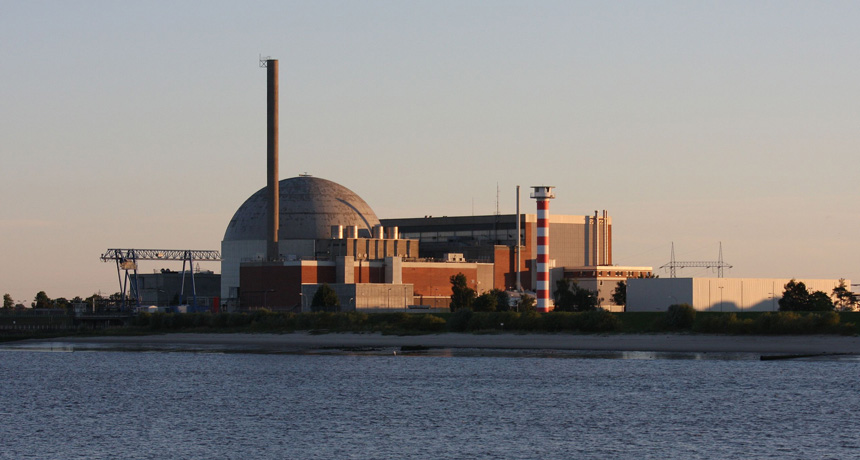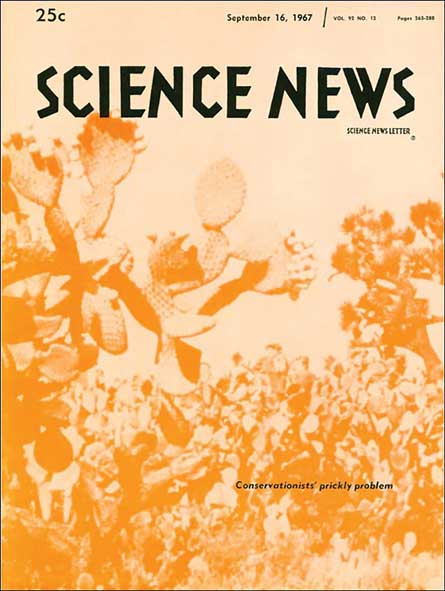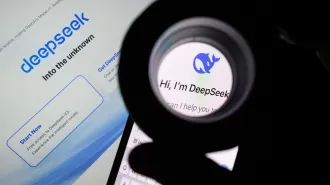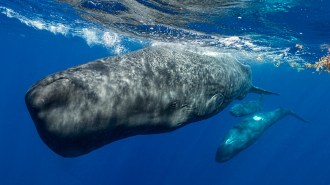50 years ago, West Germany embraced nuclear power
Excerpt from the September 16, 1967 issue of Science News

NUCLEAR OPTION This nuclear power plant in Stade, Germany, was one of two approved in 1967. It closed in 2005.
Sorodorin/Wikimedia Commons (CC BY-SA 3.0)
 Nuclear power go-ahead
Nuclear power go-ahead




